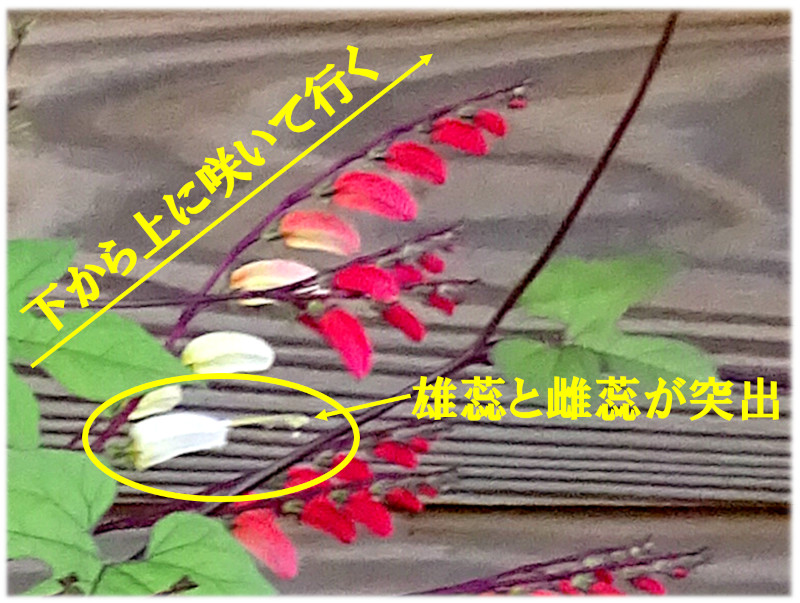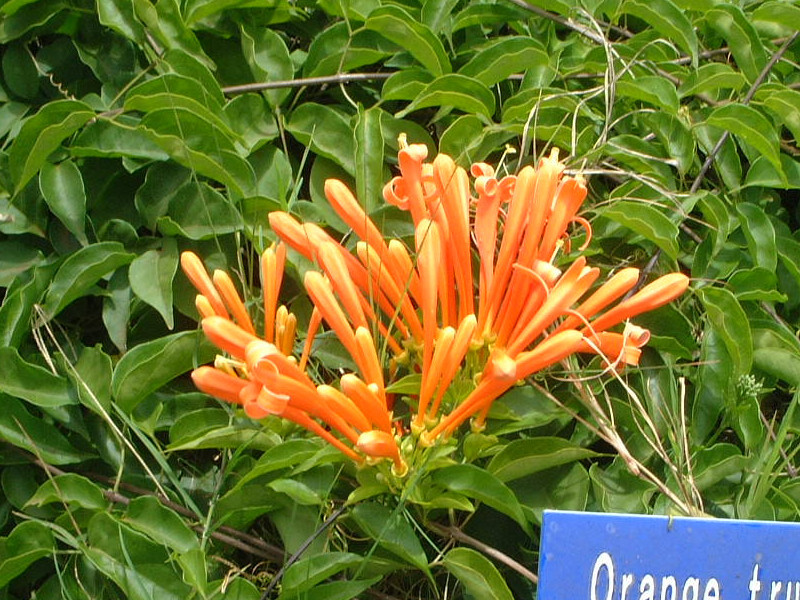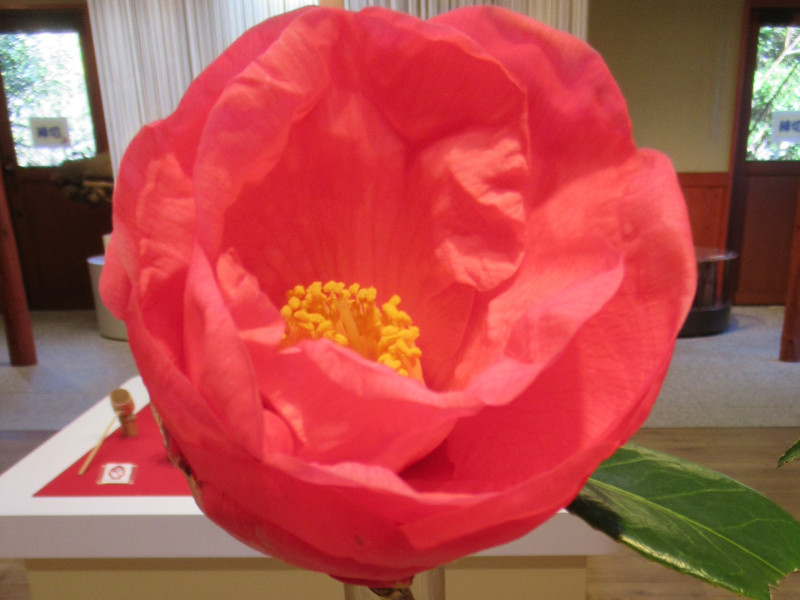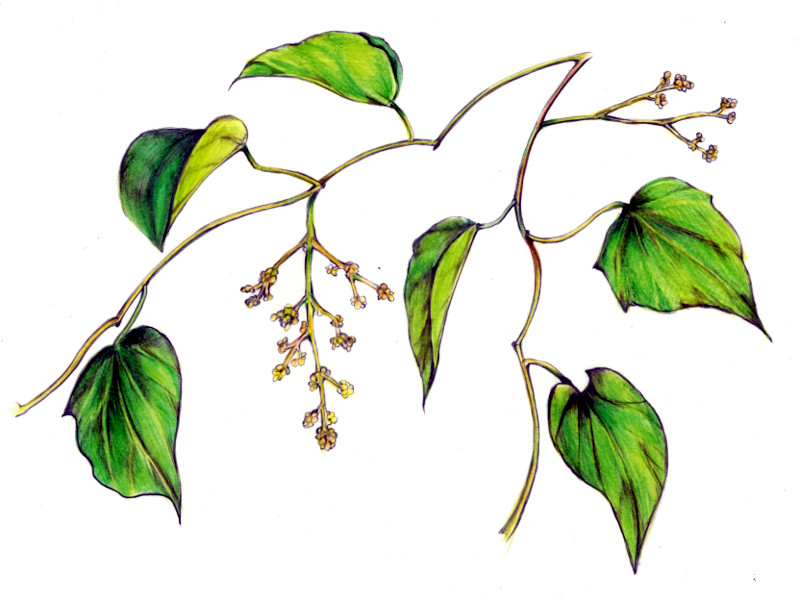Ipomoea lobata
- Flower nameIpomoea lobata
- Scientific nameIpomoea lobata
- AliasMina lobata, Ipomoea versicolor, ミナ・ロバータ
- Place of origin Mexico and Brazil
- Place of floweringCut flowers, flower arrangement, Potted flower
- Flowering seasonSeptember, October, November
- Language of flowers"Caring nature," "I am busy"
What is Ipomoea lobata
Ipomoea lobata ,commonly called as the fire vine, firecracker vine、Spanish flag(scientific name: Ipomoea lobata), commonly known in Japan by its former scientific name Mina lobata, is a perennial, heat-tolerant, non-cold-hardy climbing plant in the morning glory family, originating from Mexico and Brazil. In English, it's called the "fire vine," "firecracker vine," or "Spanish flag," due to its flowers transitioning from red to orange, yellow, and white, resembling flames, or, in red and gold hues, resembling the Spanish flag.
Since it cannot withstand cold weather and needs greenhouse protection to survive winter, it is treated as an annual in Japan. The vine can grow from 1 to 5 meters long. Its green, alternately arranged leaves are arrow-shaped and three-lobed, with toothed edges. As a short-day plant, it blooms between September and November.
Unlike typical trumpet-shaped morning glory flowers, Ipomoea lobata produces racemes with elongated, bean-like flowers that bloom sequentially from the lower to upper part of the raceme. The flowers open red and gradually fade through orange and yellow to white. When the blooms turn white, the corolla swells into a bottle shape, exposing the stamens and pistil. It has a long flowering period, and following flowering, it produces capsule-shaped fruit.

When the blooms turn white, the corolla swells into a bottle shape, exposing the stamens and pistil.
Uses include "green curtains" in summer, hedges, trellised potted plants, and cut flowers. Unfortunately, it has no medicinal properties.
Etymology
The genus name Ipomoea derives from Greek, combining ips ("caterpillar") and homoios ("resembling"), referring to the vine’s caterpillar-like climbing appearance. The species name lobata comes from Latin, meaning "shallowly lobed," which refers to its three-lobed, arrowhead-shaped leaves.
Flower Language "Caring nature," "I am busy"
Common Name: Ipomoea lobata
Market Name: Mina lobata (old scientific name)
Scientific Name: Ipomoea lobata
Synonyms: Mina lobata, Ipomoea versicolor
English Names: Spanish flag (named for its red and gold colors resembling the Spanish flag), the fire vine, firecracker vine
Classification: Kingdom Plantae, Angiosperms, Eudicots, Order Solanales, Family Convolvulaceae, Genus Ipomoea
Type: Heat-tolerant, non-cold-hardy, climbing perennial (treated as an annual)
Origin: Mexico, Brazil
Vine Length: 1–5 m
Leaf Color: Green; Leaf Edge: Toothed; Leaf Arrangement: Alternate; Leaf Shape: Three-lobed
Blooming Season: September–November
Inflorescence: Raceme; Flowering Progression: Bottom to top
Flower Colors: Scarlet (bud) → red → orange → yellow → white
Flower Shape: Flask-shaped, with protruding stamens and pistil
Fruit Type: Capsule
Uses: Green curtains, trellis, hedges
Characteristics: Long flowering season, no medicinal properties
Flower Language: "Caring nature," "I am busy"
Related pages
Ipomoea lobata









